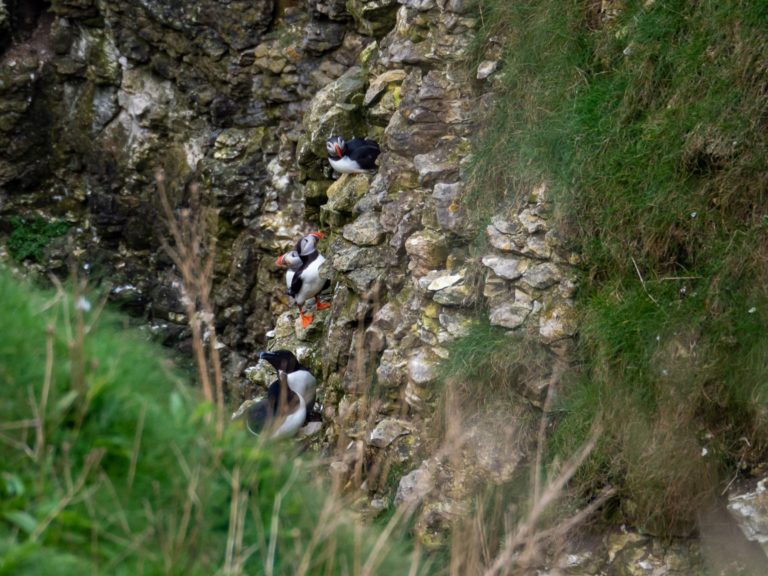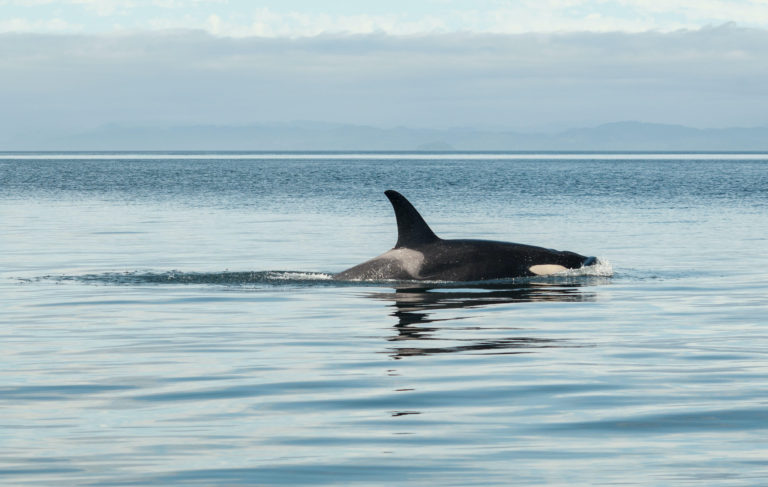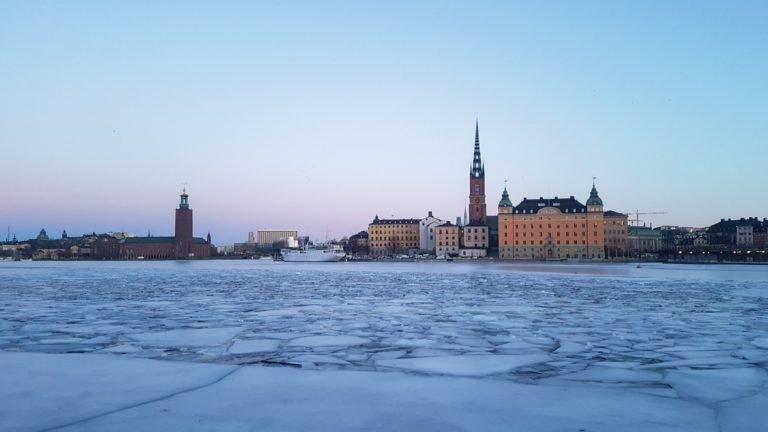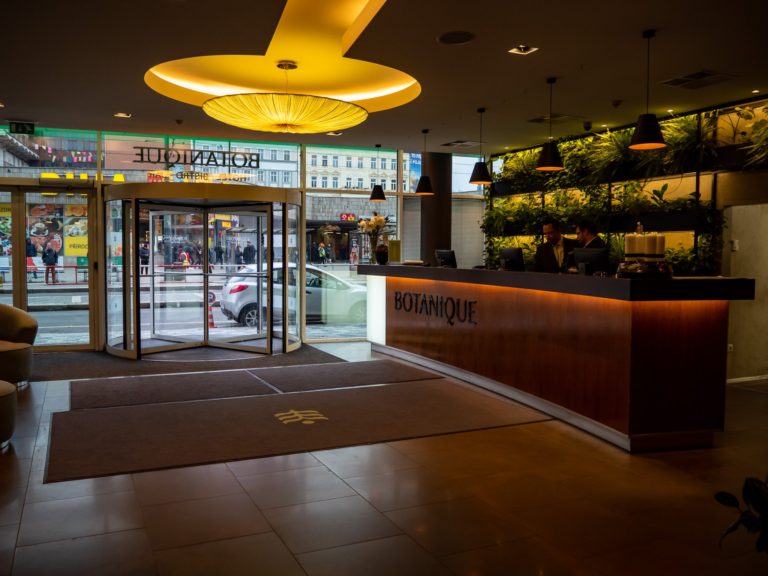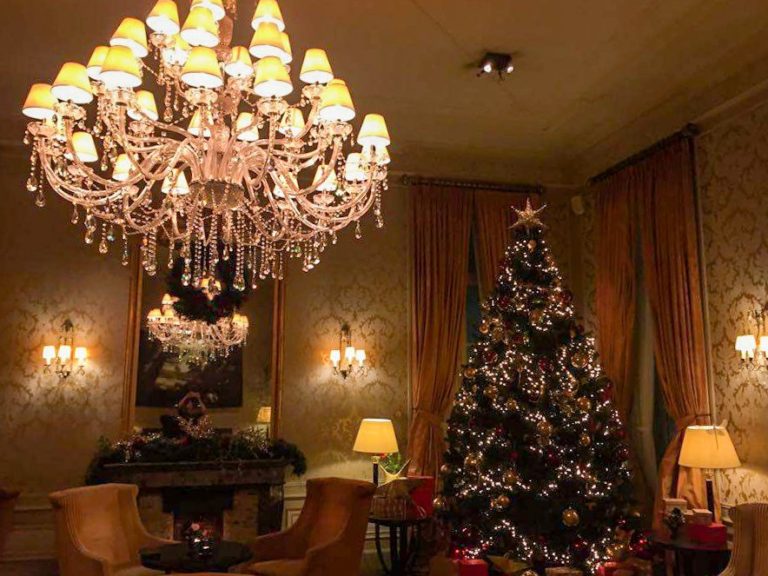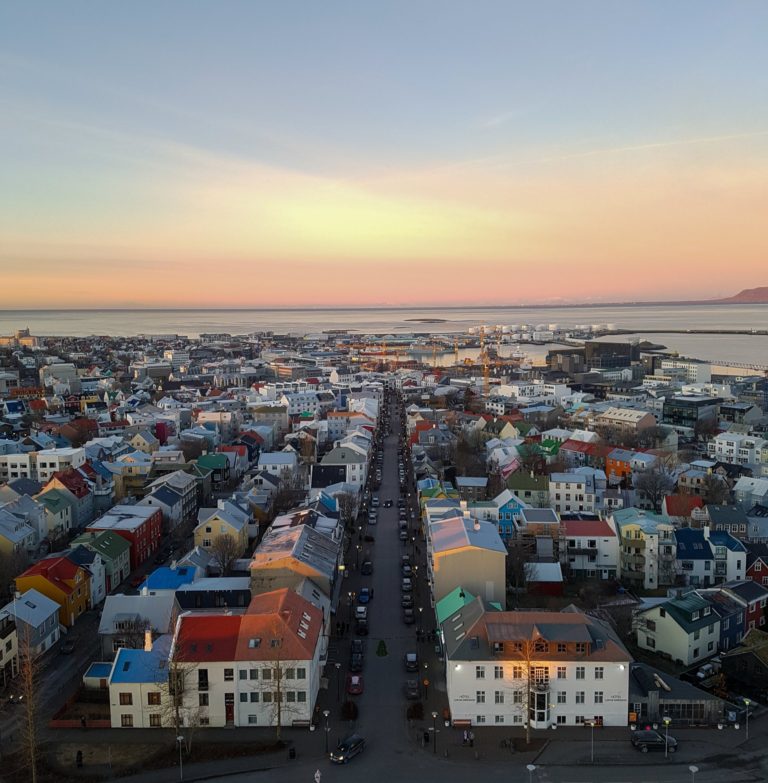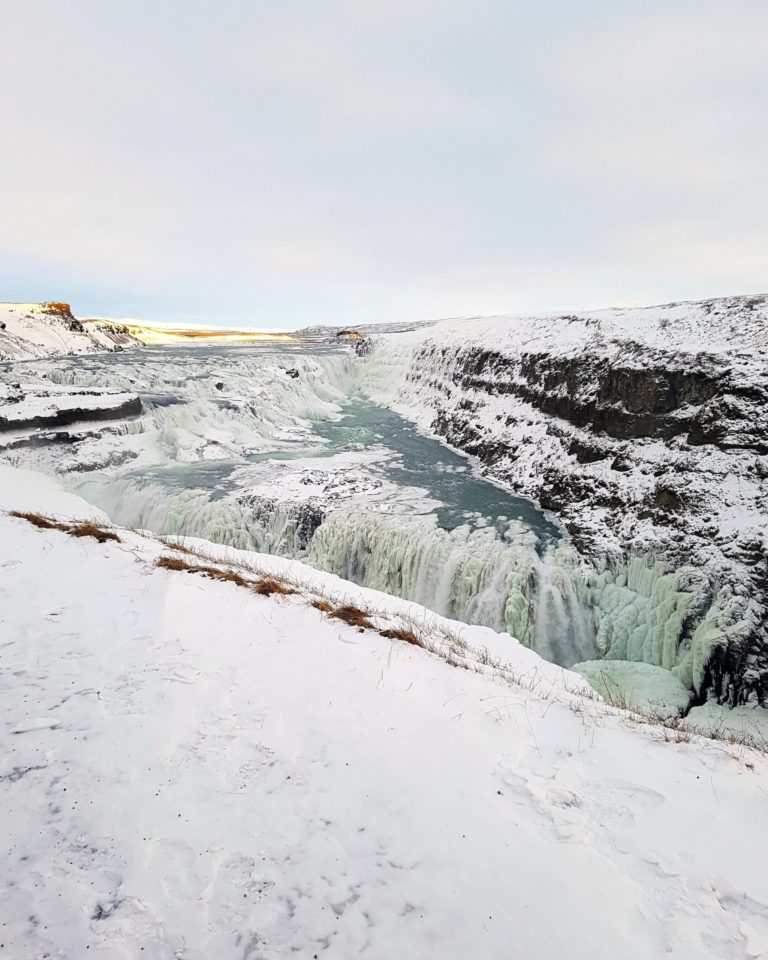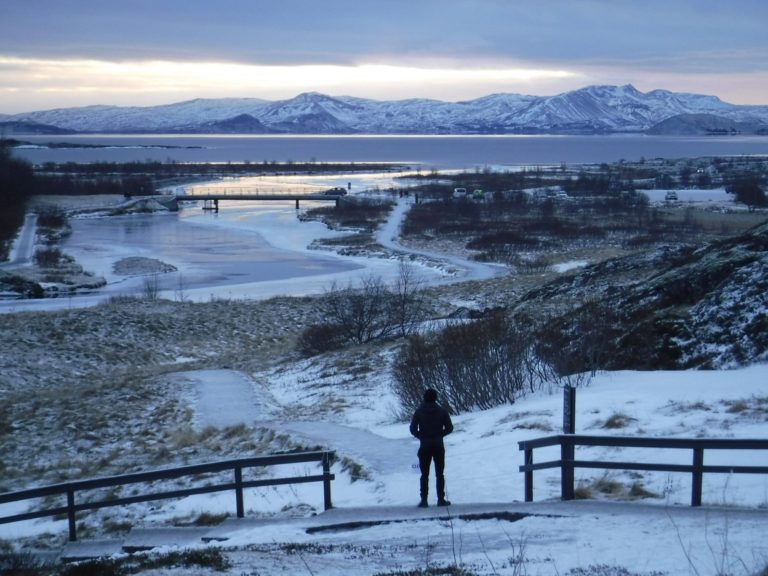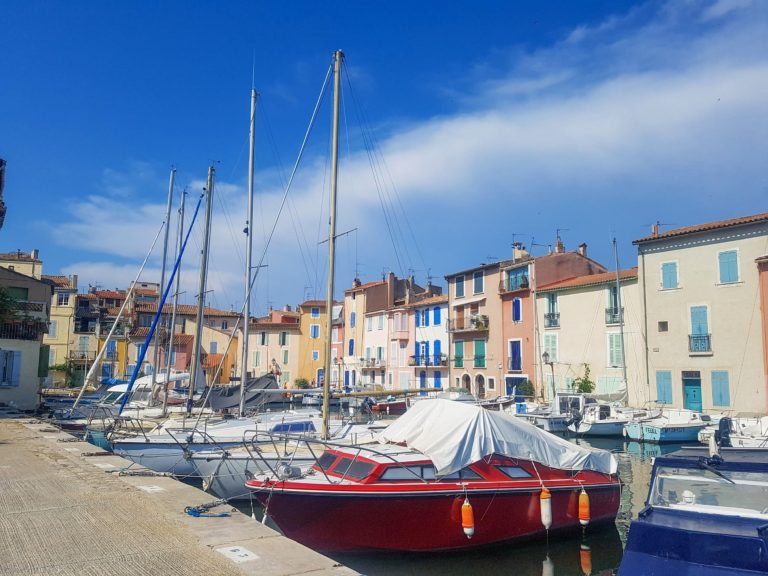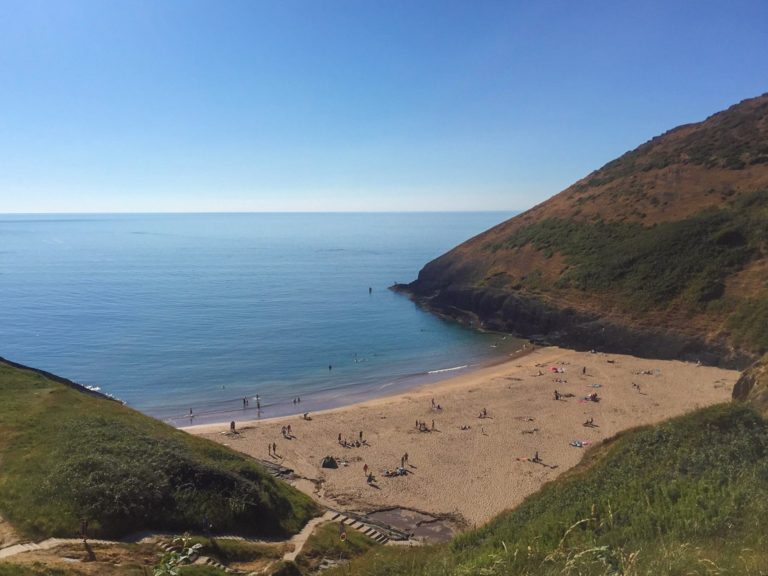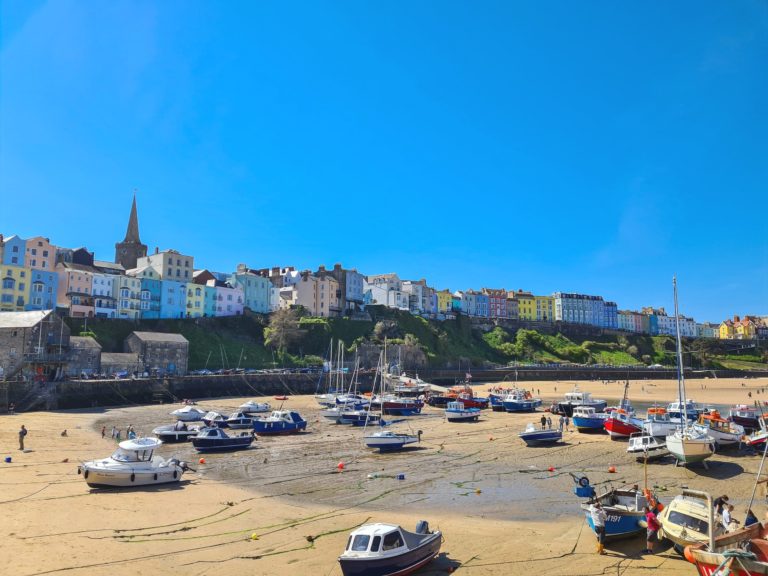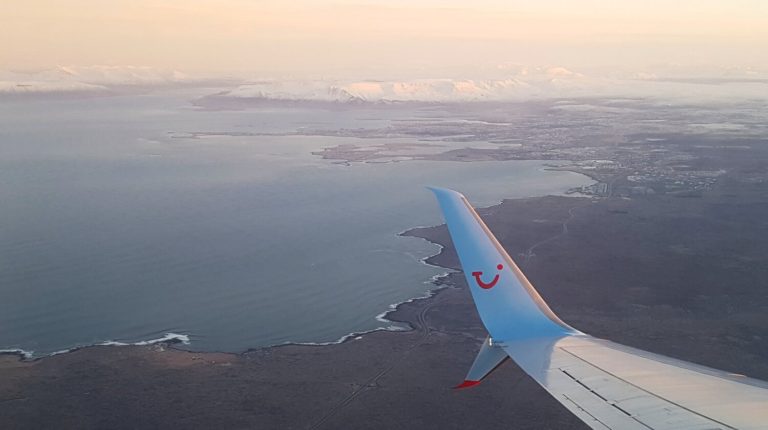The Ultimate Self-drive Golden Circle Road Trip Itinerary
Everything you need to know about driving Iceland’s Golden Circle Route, plus self-drive directions, accommodation and restaurant recommendations, and an Iceland Golden Circle map.
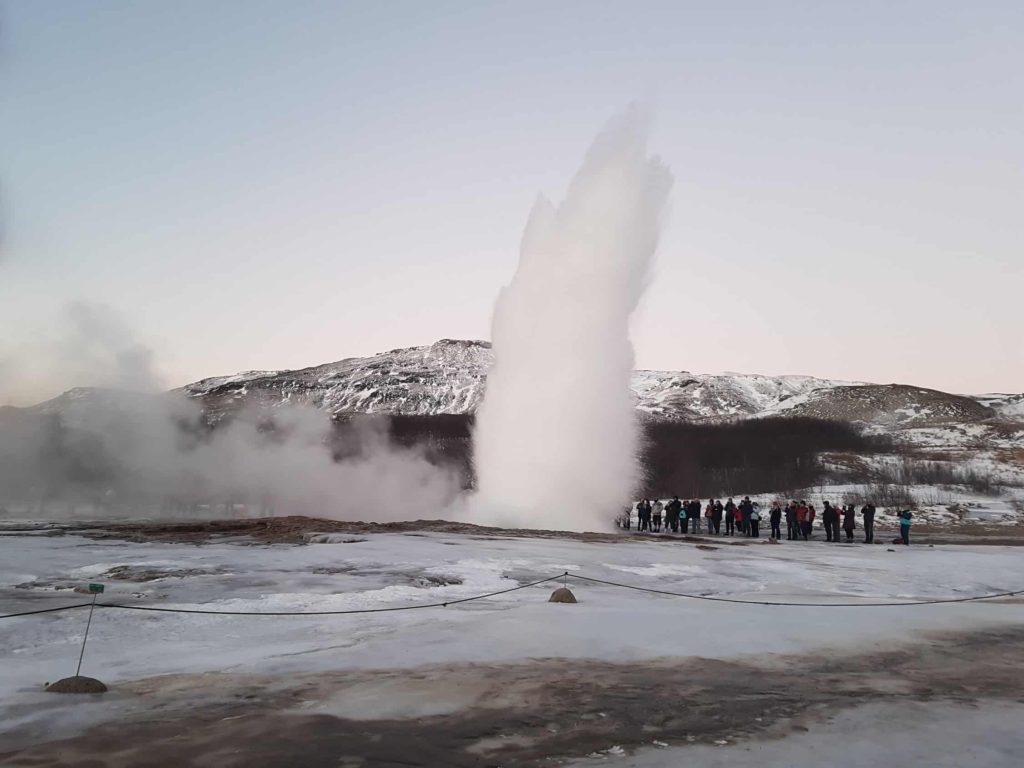
This post may contain affiliate links, which means we might earn a small commission on anything purchased through these links at no extra cost to you. Learn more on our disclaimer page.
A 190-mile (300km) circular route, Iceland’s Golden Circle encompasses three of Iceland’s most popular natural attractions. The appeal of the Golden Circle stems from the fact that the route can be completed in one day, making it a great day trip from Reykjavík. A trip around the Golden Circle includes watching boiling-hot water explode from a geyser, witnessing water cascade over one of the best waterfalls in Iceland and walking between tectonic plates. Read on to discover the best stops on Iceland’s Golden Circle route in this self-drive road trip itinerary.
Time needed: 1-2 days.
When to go: Late November-December for snowscapes / June-July for warmer weather and lush green scenery.
Weather: Averages of -10°C-5°C in the Winter and 8°C-20°C in the Summer.
Language: Icelandic.
Currency: Icelandic króna.

What is Iceland’s Golden Circle?
Iceland’s Golden Circle (or gullni hringurinn in Icelandic) is a popular route between 3 of Iceland’s most visited attractions. Conveniently located within striking distance of Reykjavík, Iceland’s capital, The Golden Circle is a shorter alternative than driving Iceland’s Ring Road (which circles the entire country and takes about one week). Unlike this epic route, The Golden Circle can easily be done in one day. In fact, the whole circuit only takes about 3 hours of driving, but you’ll probably take longer to enjoy the stops on the way. The journey covers around 140 miles (230 kilometres) and it is possible to stay over on the route to enjoy the trip in 2 or more days. The Golden Circle gets its name from one of the route’s main attractions, Gullfoss Waterfall, which literally means Golden Falls in Icelandic.
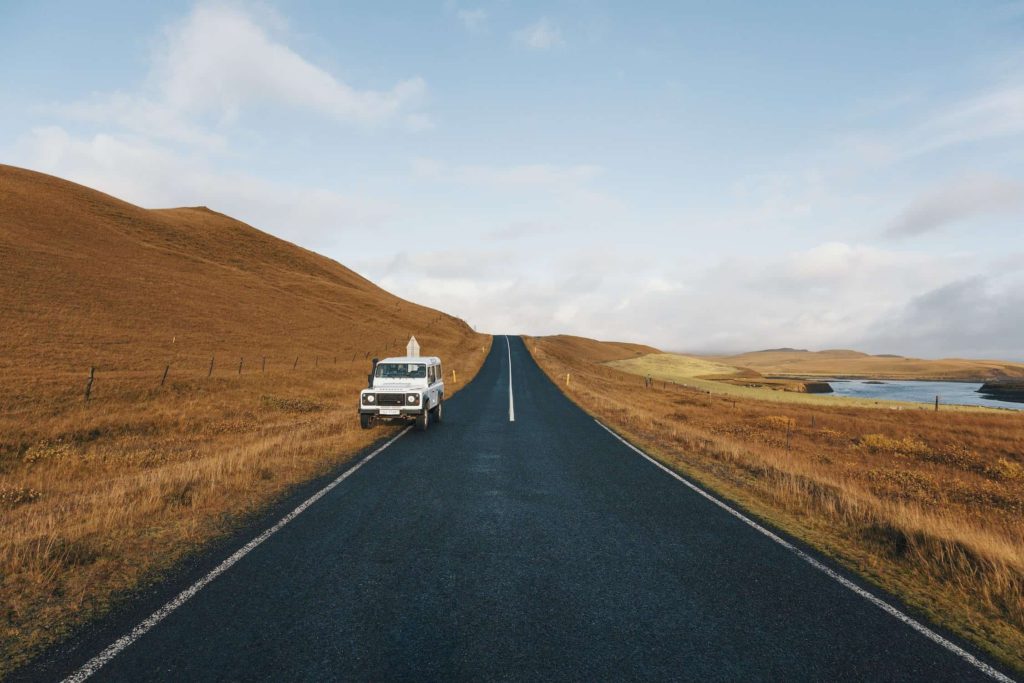
Can you drive The Golden Circle yourself?
Yes! There are a variety of ways to experience the Golden Circle and by far the most popular is to hire a car. This gives you the freedom to explore at your own pace, as well as allowing you to time your visits to avoid the crowds.
If you’re going to drive the route yourself, we’d recommend you check out all the stops on the Golden Circle so you don’t miss anything exciting as you go. We’ve included lots of interesting information about the sights you’ll see, as well as some great tips and recommendations. This Golden Circle road trip itinerary is going to focus more on actually driving the route and provide you with everything you need to know before you go.

Hiring a car vs hiring a campervan
If you’re looking to drive the Golden Circle yourself, you’re going to need to hire a car. It’s not necessary to hire a 4×4 to drive the Golden Circle but, if you’re going to be driving further afield, it might be a good idea to get one. It’s generally recommended to hire a 4×4 car in Iceland if you travel in Winter when rain, snow and ice can affect the quality of the road and driving conditions may be more challenging.
Iceland’s roads are generally of a good quality, if not narrow and winding in places. As you leave the beaten path, the roads become more gravelly or muddy. It’s totally safe to drive in Iceland, but it’s a good idea to read up on the things to know before you go. Before driving in Iceland, you should brush up on Iceland’s driving laws too.
Alternatively, adventure seekers should consider hiring a campervan. We’re big fans of a camping trip, having chosen this as our method of transport in both Australia and Costa Rica. Hiring a campervan in Iceland is a great option for those looking to travel to Iceland on a budget, or looking for cheap accommodation in Iceland. Camping in Iceland is very affordable and one of the best ways to immerse yourself in a rugged Nordic landscape. If you’d like to hire a campervan in Iceland, you might need to consider visiting in the warmer months of Spring, Summer and early Autumn, as a lot of campsites close during winter and the weather can make roads trickier to drive.

The Golden Circle Route
So what is there to see on the Golden Circle? The 3 main stops on the Golden Circle are:
- Þingvellir (Thingvellir) National Park
- Gullfoss Waterfall
- Geysir Geothermal Area
Doing the main three Golden Circle attractions means you only need to drive one road there and back. You can go over the uplands to Gullfoss and work back towards Reykjavík via the Geysir Geothermal Area and Þingvellir National Park, or hit them in order on the way out to Gullfoss, which is the furthest point. Alternatively, you can add more stops and detours along the way. If you add a few more stops along Reykjavik’s southern road, you can turn the route into a full circuit, starting and ending in the capital.
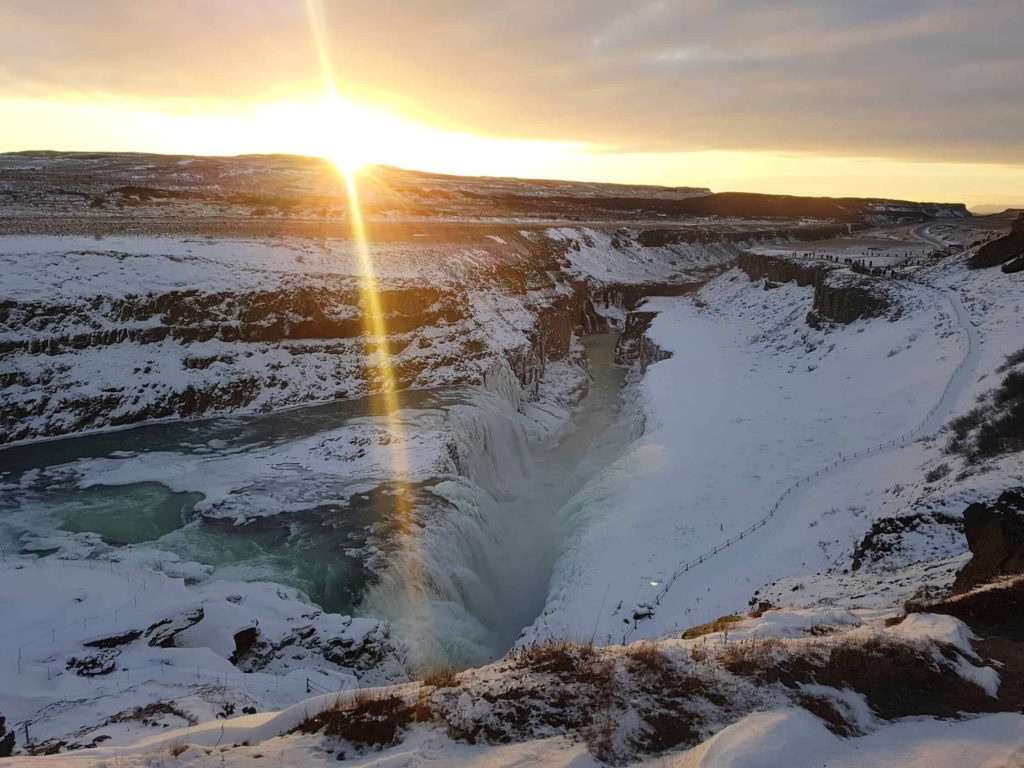
Interactive Map of Iceland’s Golden Circle
Use the filters on the tab on the left-hand side of the map to see attractions, accommodations, restaurants and more.
Golden Circle self-drive directions
To drive the Golden Circle clockwise:
- From Reykjavík take Road 1 towards Borgarnes and, after driving through Mosfellsbær, take Road 36 towards Þingvellir National Park.
- After Þingvellir continue on Road 365 towards Laugarvatn and then take Road 37 towards Geysir.
- The final main stop of the Golden Circle is Gullfoss Waterfall. Continue on road 37 in the direction of Gullfoss.
- From Gullfoss, you have two options to get to the ring road (road 1) heading south:
- Option 1: Take road 30 towards Flúðir and then onto Selfoss.
- Option 2: Take road 35 towards Selfoss, passing Kerið Crater.
- Re-join road 1 towards Reykjavík.
To drive the Golden Circle anti-clockwise, simply reverse these directions.
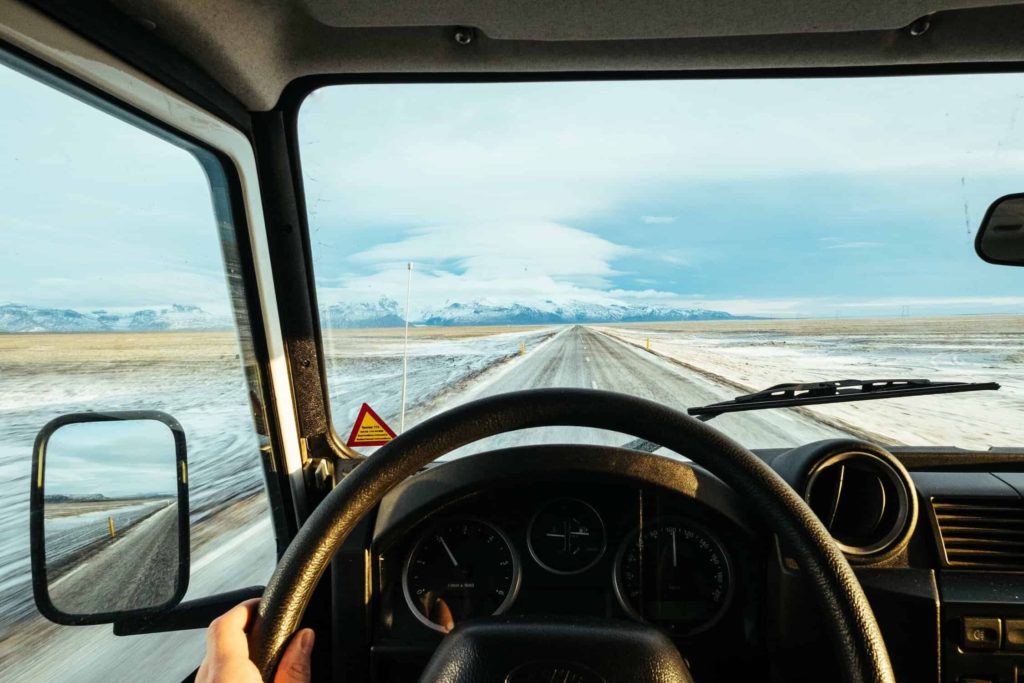
The three main stops on the Golden Circle
1) Þingvellir National Park
If you’re doing the route clockwise, the first stop will be Þingvellir (Thingvellir) National Park, which is located in a rift valley that marks the meeting place of the North American and Eurasian tectonic plates. Here you’ll find long stretches of lava rock, icy lakes and towering volcanoes surrounding the park. Thingvellir is a UNESCO World Heritage Site and home to Europe’s oldest parliament, which dates back to 930 AD. The main attraction at Thingvellir National Park is the opportunity to walk between the Eurasian and North American tectonic plates. The park is the only place in the world where these plates can be seen above ground. As you drive towards the park’s entrance you’ll see cracks in the lava fields, which have been caused by earthquakes, and rifts which have been caused by continuous seismic activity. While you’re here, take some time to explore the park, and don’t miss seeing Þingvallavatn, Iceland’s largest natural lake.
Learn more about Þingvellir National Park in our Thorough Guide to Iceland’s Golden Circle
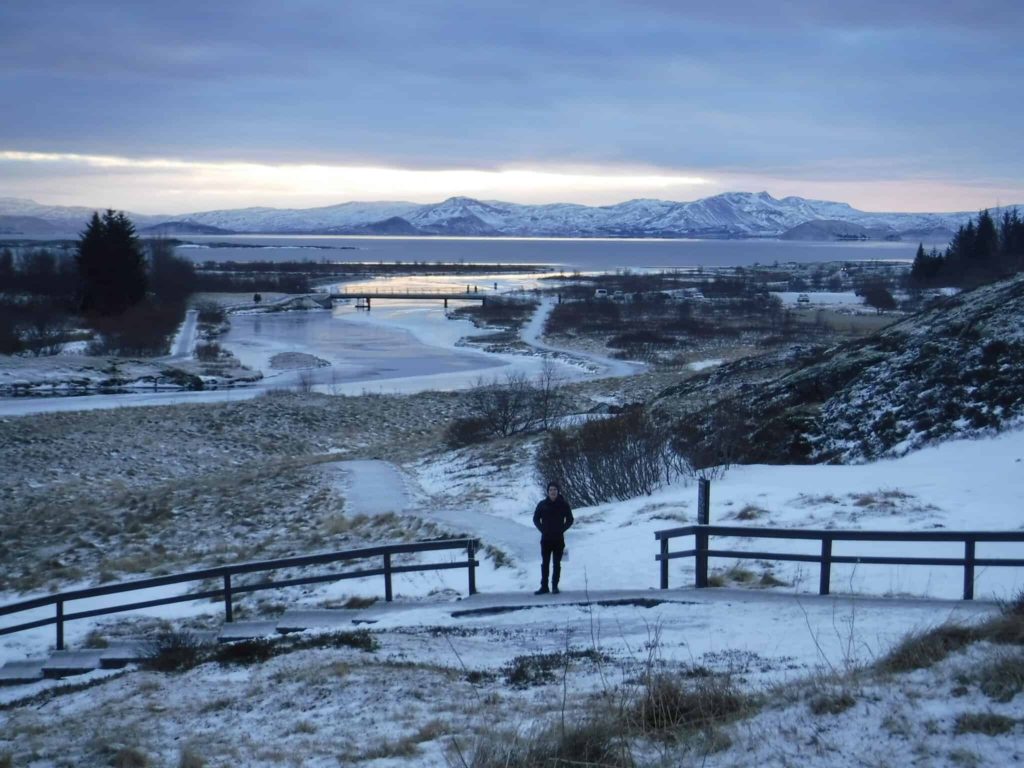
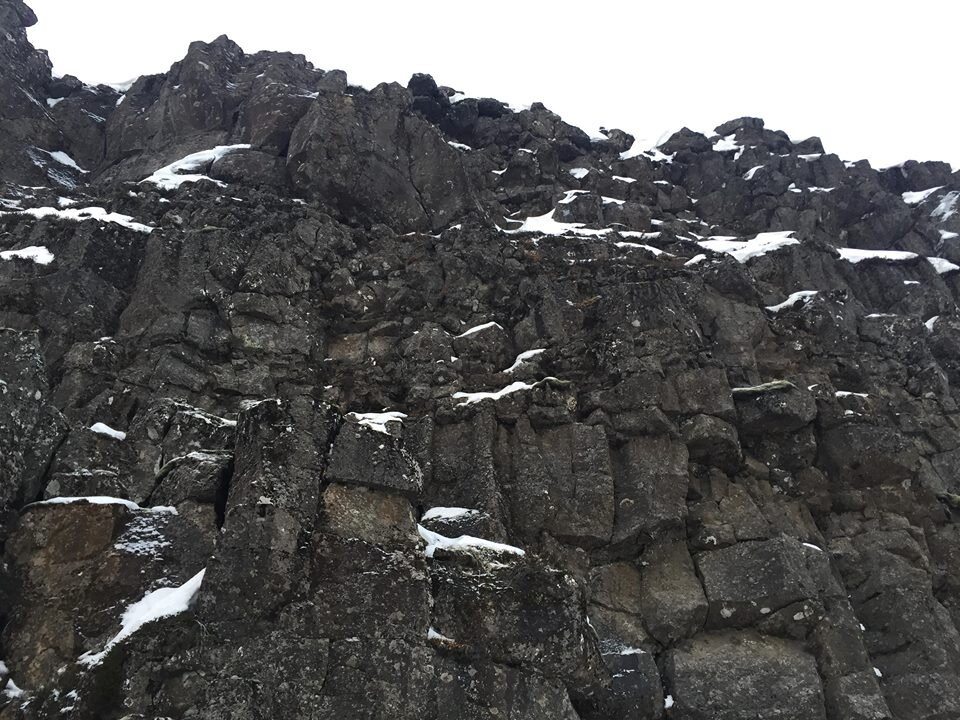
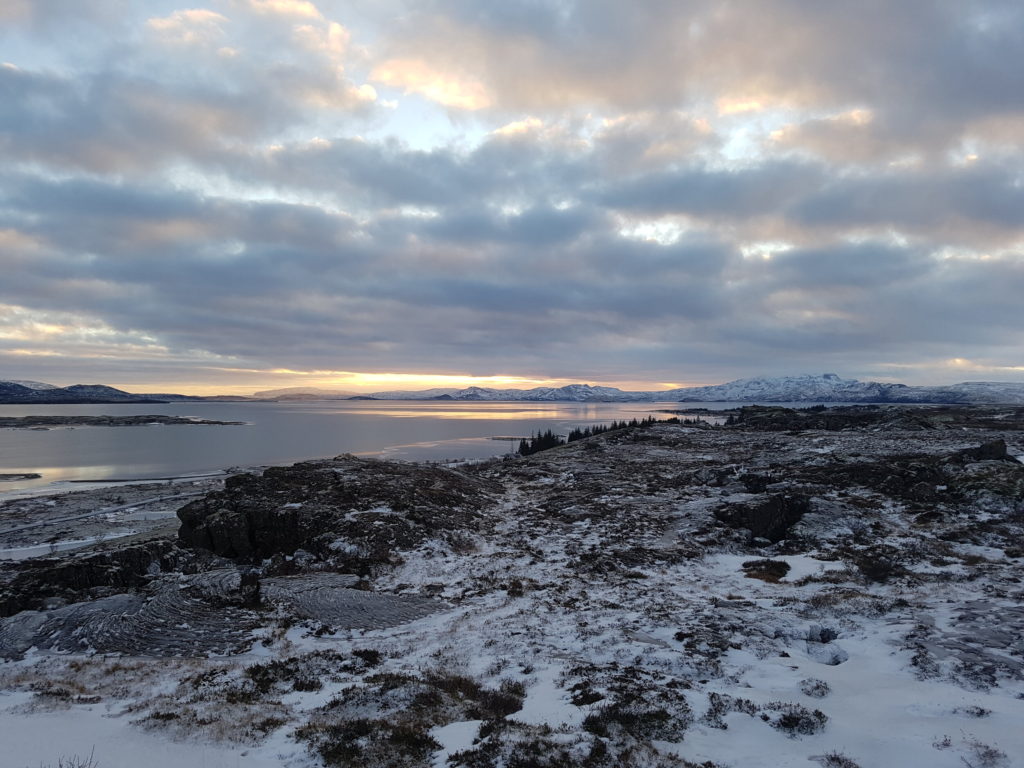
Did you know that in Thingvellir National Park, you can SCUBA dive between the European and North American tectonic plates?! Located within the park, the Silfra Fissure offers adventure-seekers a once-in-a-lifetime opportunity. With clear waters giving you 100 metre (328 ft) visibility, the fissure is said to have the best underwater visibility in the world. The water temperature remains a pretty chilly 2°C (35°F), but this is the only place in the world where you can snorkel or dive between 2 continents, so you’re bound to want to tick it off your bucket list. And don’t worry if you’re not PADI certified – you can join a Snorkel Tour of Silfra Fissure with free underwater photos!

2) The Geysir Hot Spring Area
The next main attraction on a journey around the Golden Circle is the Geysir Hot Spring Area, a geothermal area set within the Haukadalur Valley. This geothermal area consists of several geysers, boiling mud pits, steaming vents, and chimneys. Here you’ll find two very famous geysers: Geysir, a dormant hot spring, and Strokkur, which erupts every 6–10 minutes, shooting boiling water 15–20 metres (50-65ft) into the air. If you’re lucky, you might even see a double eruption, where the geyser erupts twice consecutively. If you’re travelling in Winter, you may find the entire pavement covered in a layer of ice, which can be fun to skate around. Make sure you take good, grippy shoes as you won’t want to slip.
Learn more about the Geysir Hot Spring Area in our Thorough Guide to Iceland’s Golden Circle
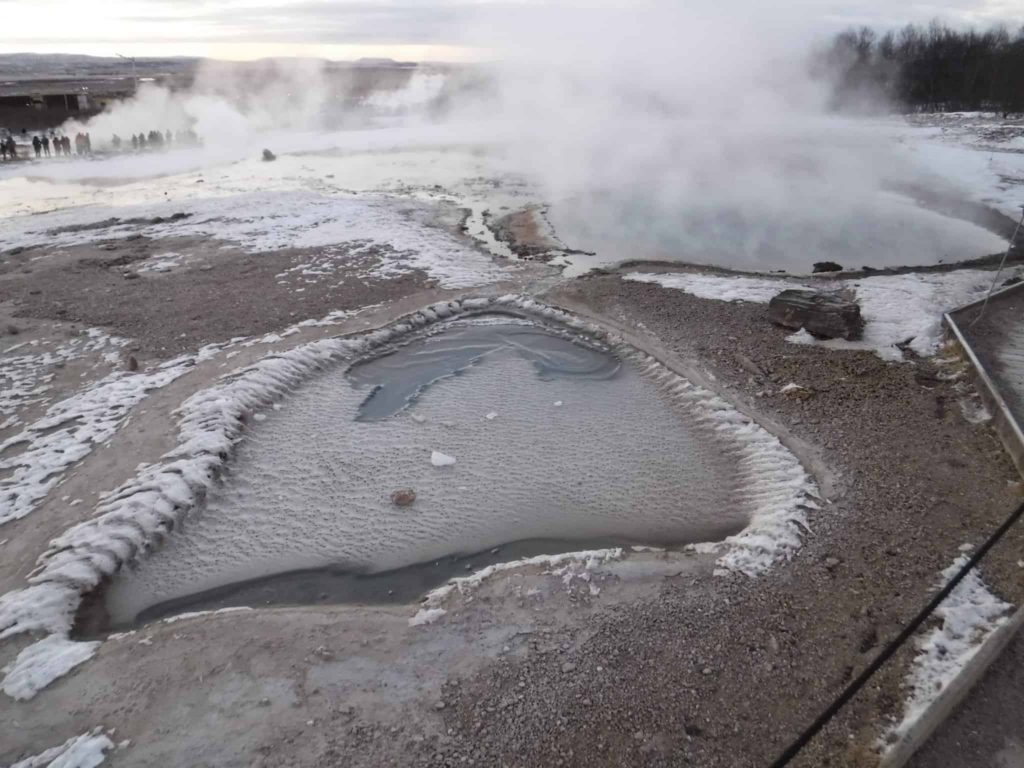

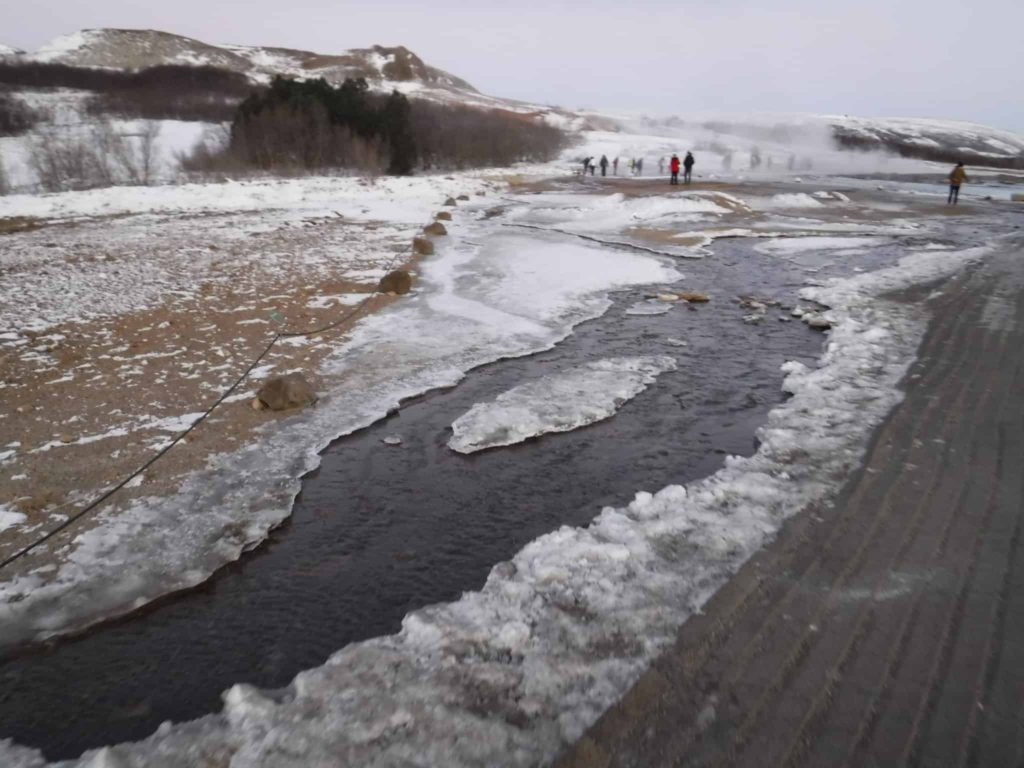
3) Gullfoss Waterfall
The final, and furthest, stop on the out-and-back Golden Circle route is Gullfoss Waterfall. In Winter, you’ll find the river half frozen, with vast columns of ice hanging over the falls. But, due to the increase in rain and snow in Winter, you’ll also see a huge amount of water still cascading over the double drop, which falls a total of 32 metres (105 ft). Whereas in Summer, the waterfall is framed beautifully by lush vegetation, and rainbows can often be seen dancing in the spray. There are informational boards along the walk, which is part path, part wooden boardwalk, so it’s perfectly easy and safe to walk along to the two lookout points.
Take some time to learn about Sigríður Tómasdóttir. Widely regarded as Iceland’s first environmentalist, this incredible woman was an Icelandic activist whose campaigning helped preserve Gullfoss Waterfall, protecting it from industrialisation.

In English, Gullfoss means Golden Waterfall, which is a testament to the way the sunlight reflects off the snow-scape at sunrise and sunset. Photographers should try to visit between 10:00-11:00 and 15:00-16:00 in winter for that perfect golden glow. The low sun casts a beautiful golden light over the Gullfoss Nature Reserve (Friðland við Gullfoss) and makes the snow sparkle.
If you’re peckish, the Gullfoss Panorama Restaurant is a great stop for lunch. The tomato soup is delicious and the café has wonderful panoramic views.
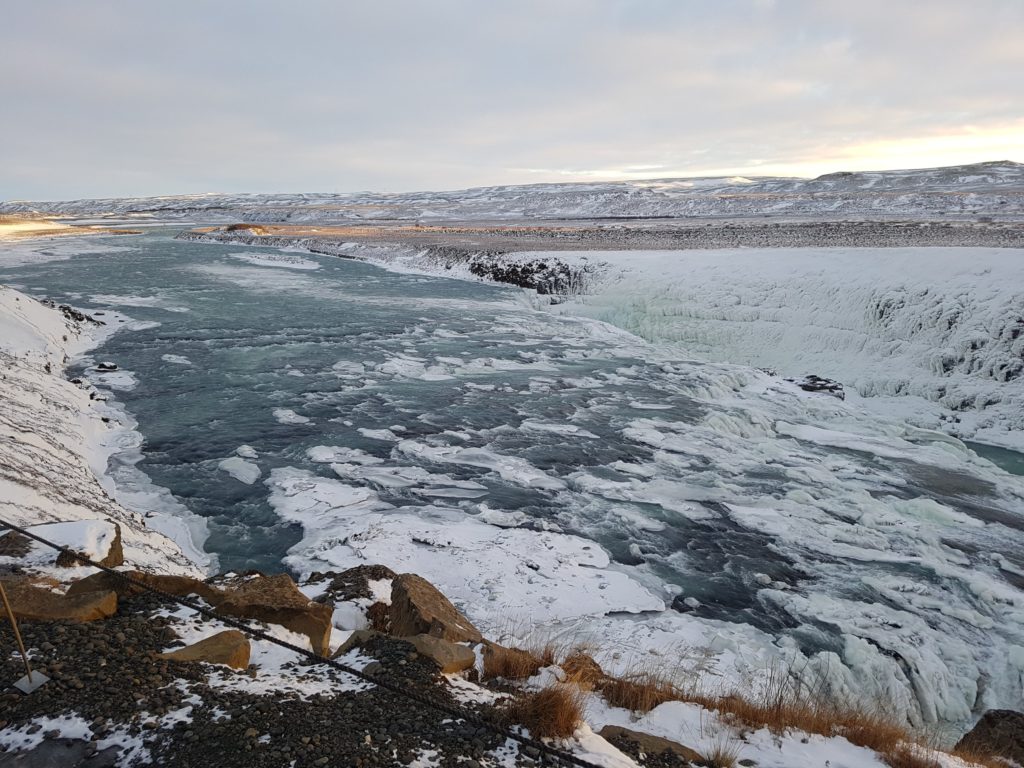
Other stops on the Golden Circle Route
There are a few natural attractions that are within striking distance of Thingvellir National Park that are not to be missed. Öxarárfoss Waterfall is a small but mighty waterfall. Water cascades 13 metres (44 ft) over the cliffs of Almannagjo Gorge into a rocky pool. There are numerous hikes and viewpoints, as well as the Hrafnagjá Observation Deck, which offers panoramic views over the park.
Between Thingvellir National Park and the Geothermal Area, you’ll pass the small village of Laugarvatn. Here you can have a little break and visit the Gallery Laugarvatn, which features a wide display of Icelandic handicraft items. Or schedule some time in the Laugarvatn Fontana Geothermal Baths. Featuring a natural pool, steam rooms and a fresh-water lake, this spa is the perfect place for a relaxing break. You can also try geothermal rye bread (rúgbrauð) here. Attend a dough preparation demonstration, learn about the history of geothermal bread, which is left up to 24 hours in the earth to bake, and try some too.
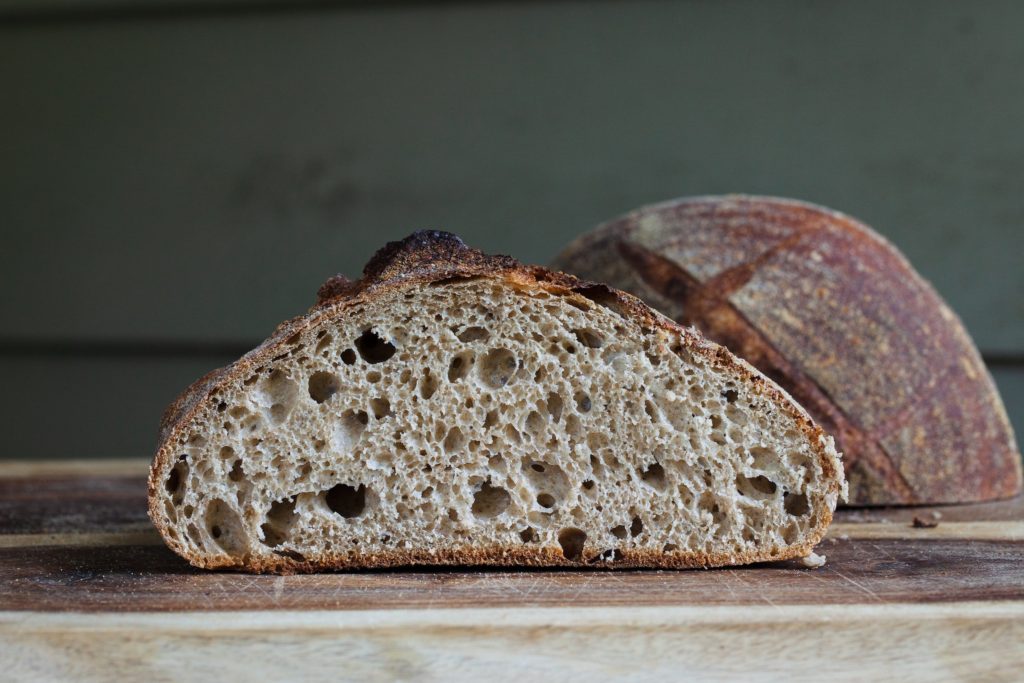
On the southeast section of the Golden Circle route, you have two options between the Gullfoss and Selfoss: Road 30 and Road 35.
Road 30 passes by the Gamla Laughin Secret Lagoon, the oldest swimming pool in Iceland. This geothermal pool was made in 1891 and features water which trickles down from hot springs and geysers into warm pools. Nearby sits Flúðasveppir Farmers Bistro, the only mushroom farm in Iceland with a menu featuring homegrown produce.
Road 35 passes by Faxafoss. Also known as Faxi Waterfall, this large cascade has been described as a small version of Gullfoss. At 80 meters (262ft) wide and 7 meters (22ft) high, Faxafoss is an underrated waterfall on the Golden Circle route. Nearby you’ll find Friðheimar Farm, a visitor-friendly tomato farm, renowned for its fresh produce and tomato soup. You can also meet Icelandic Horses on a visit to their stable and learn about the history and nature of this unique breed of horse.
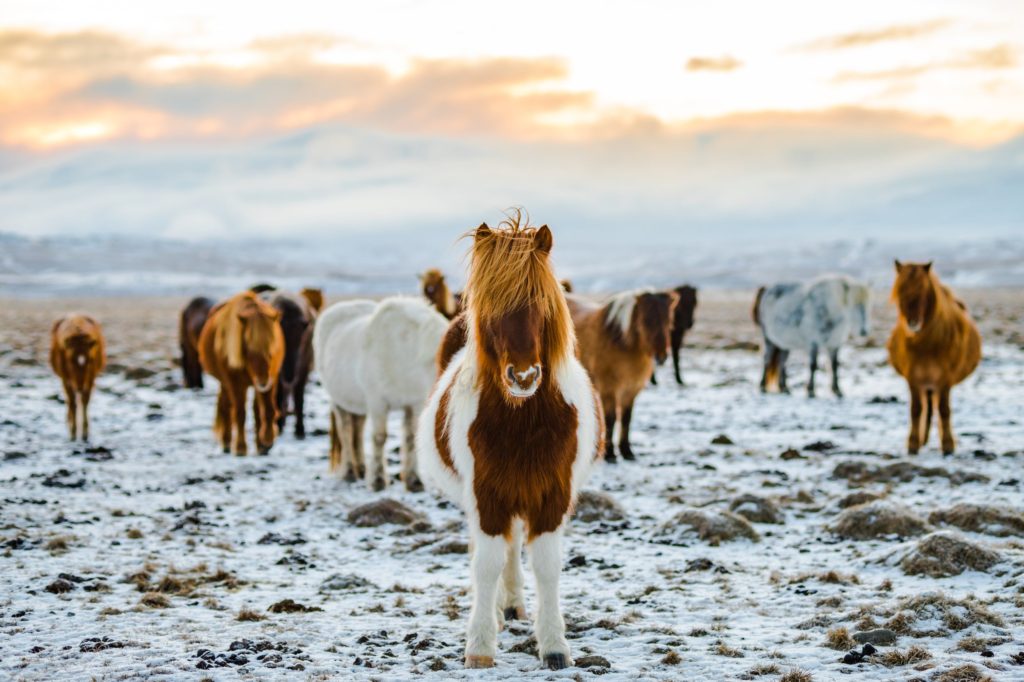
The main attraction on the southern part of the Golden Circle is Kerið (Kerid) Crater. A popular addition to the traditional Golden Circle Route, Kerid Crater is a volcanic crater lake that forms a complete oval with a small turquoise lake at the bottom. It is surrounded by fiery red and orange rocks and can be found in the Grímsnes area in Southern Iceland. The vibrant blue colour of the water comes from the minerals which form in the caldera, which is approximately 6,500 years old.
Another stop on the Golden Circle is actually the start and end of the route: Reykjavík. A 45-minute drive from Keflavík International Airport, the trendy capital city of Iceland is the perfect base for your Golden Circle adventure. Literally translating to Smokey Bay, Reykjavík is surrounded by snow-capped mountains and home to only around 150,000 inhabitants. It’s believed to be the location of the first permanent settlement in the country and you can discover more about the culture, history and mythology of Iceland on a walking tour of all the main sites. Either use our interactive map of Reykjavík in this article to plan your walking route or consider taking a Walking Tour of Reykjavík with a Viking.
Read next: The Thorough Guide to Reykjavík
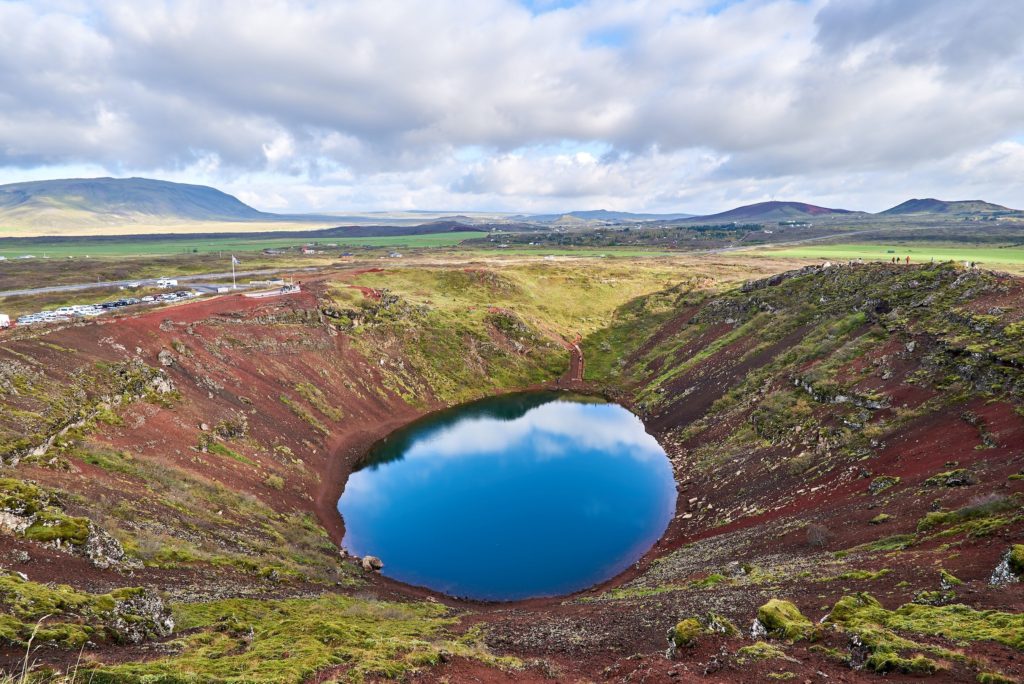
Detours from the Golden Circle Route
If you decide to spend more than one day driving the Golden Circle, there are a couple of easy detours you can add into your itinerary too.
Adventure seekers should consider heading to Langjokull Glacier, which sits just north of the Gullfoss Waterfall. Here you can snowmobile on the glacier or walk inside the glacier, which is the second-largest ice cap in Iceland.
Alternatively, you can head east into the Southern Highlands, where you’ll be met by the Þjórsárdalur (Thjorsardalur) Valley. If you love chasing waterfalls, this is the area for you. There are 4 waterfalls of note in the area: Haifoss, Granni Waterfall, Hjalparfoss and Þjófafoss. All are close to each other and don’t require much hiking. They’re also a lot less touristy than some of the more well-known falls in Iceland.
Another popular stop on the Golden Circle is Sólheimar Ecovillage. This small village is a short detour from Road 35 and is home to only around 100 people. Literally meaning Home of the Sun, it is renowned for its ecological, artistic and international community ethics and makes for an interesting stop.
And finally, you could head to Ljósafoss Power Station. Lying on the River Sog, this power station began operating in 1937 and brings the principles of electricity, hydropower, geothermal, and renewable energy to life.
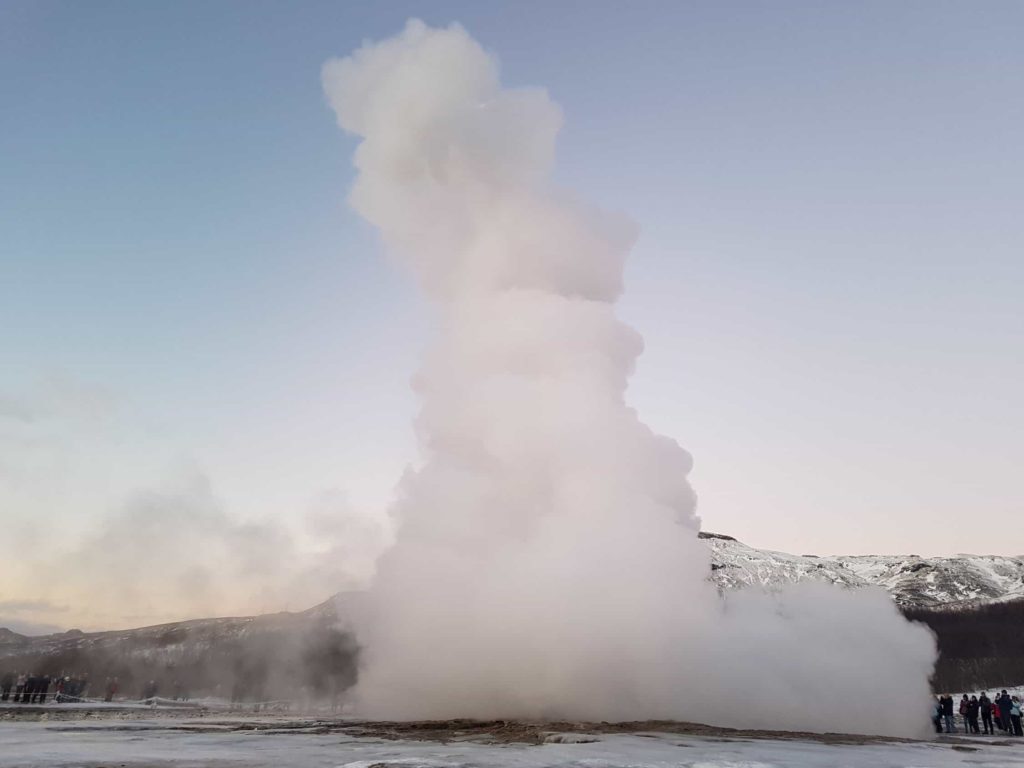
Golden Circle Self-drive Road Trip Itinerary Tips
- Set off early. Tours typically leave around 08:00 and start arriving at the three main attractions by 10:00. If you want to avoid the bus-loads of crowds, arrive at the very beginning or end of the day.
- If you travel in Summer you’ll have a lot more light, but there will be a lot more visitors to compete with too. In Winter, sites tend to be busy in the daylight hours of 10:00-16:00. Whereas, in Summer, sites tend to be busy from 09:00-19:00, but you can visit in the early morning or evening and it will still be light.
- If you want to snorkel or dive Silfra Fissure, do the route anti-clockwise. This way you arrive at Thingvellir last and can go home to dry off and warm up after your activity.
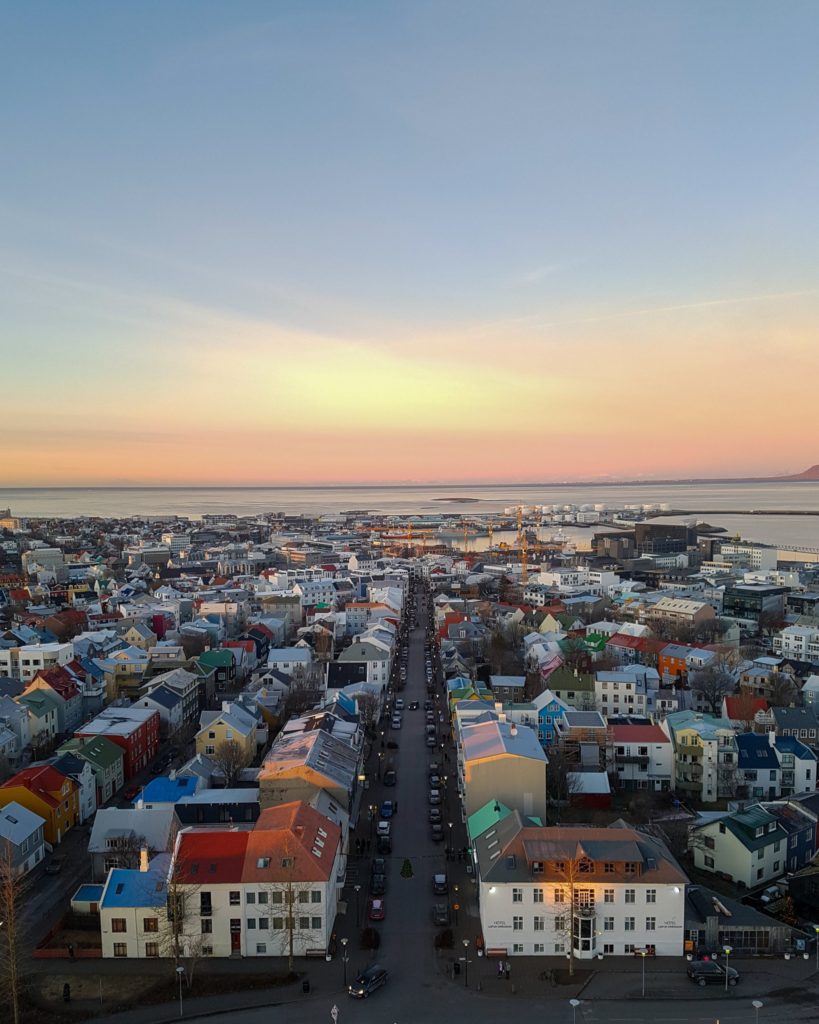
Where to eat along the Golden Circle
There are so many tasty and unique Icelandic dishes to try on a visit to Iceland. A few delicacies you can’t miss include Skyr yoghurt, Pylsur (lamb hotdog), Snúður (cinnamon-filled bread roll) and Pönnukökur (Icelandic pancakes). Iceland’s cuisine revolves around lamb and dairy, due to having so much land for agriculture. Being an island, you’ll also find a lot of seafood. Be sure to try plokkfiskur (mashed fish stew), Harðfiskur (dried fish), and Humar (Icelandic lobster/langoustine). And if you’re feeling adventurous, you could also try Brennivín, a distilled liquor, sometimes called Svarti dauði, meaning Black Death. It is possible to find more controversial meats in Iceland, such as puffin, shark, whale and reindeer, but it’s up to you to do your research into how ethical and sustainable these options are.
Discover the best restaurants along the Golden Circle in The Thorough Guide to Iceland’s Golden Circle
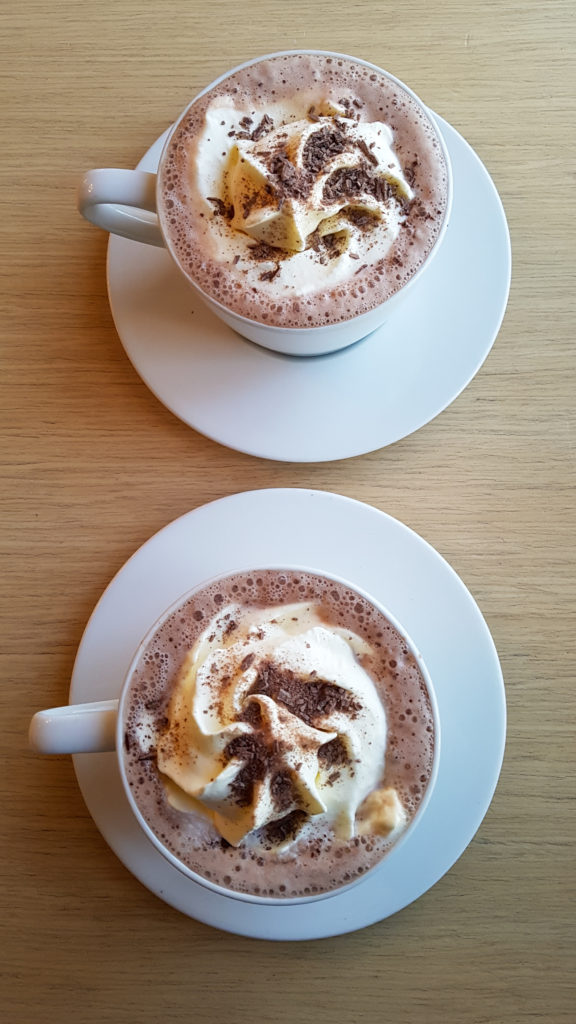
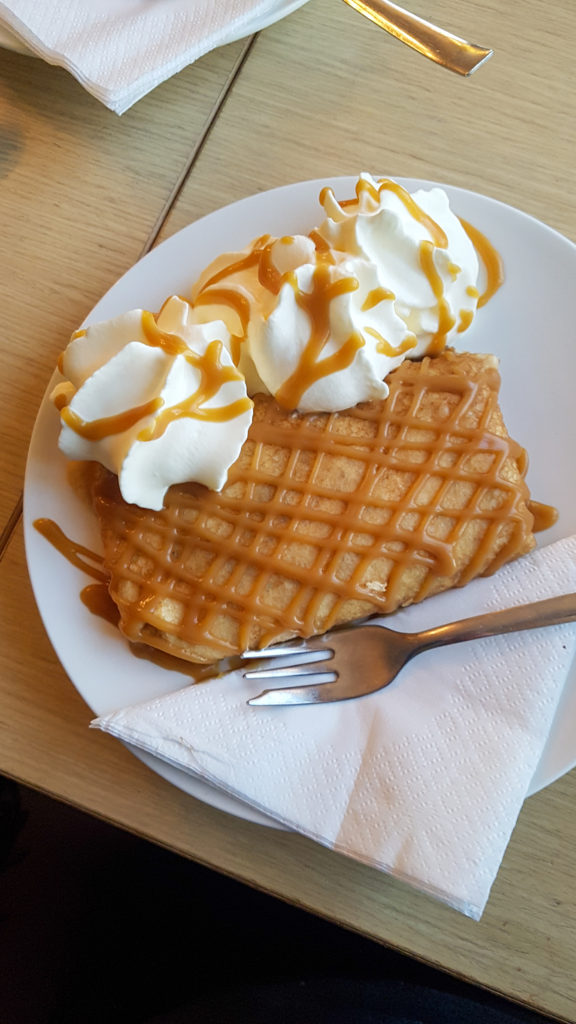
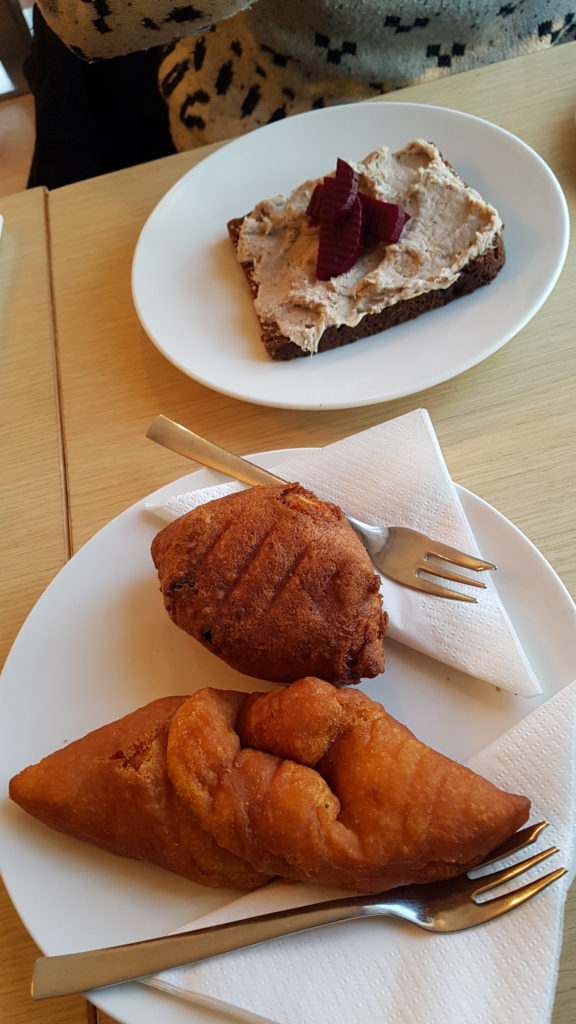

Where to stay along the Golden Circle
There’s a large variety of hotels and accommodations in Iceland but, as it is a very popular destination, they can book up quickly. Most visitors to Iceland choose to base themselves in the capital, Reykjavík, which will work perfectly if you plan to drive the Golden Circle in one day. There’s a large variety of hotels and hostels within walking distance of the city centre, known as the Miðborg district. You can find a variety of options of where to stay in Reykjavík in our Thorough Guide to Reykjavík.
Camping in Iceland is an excellent way to save some money and immerse yourself in nature. Wild camping is illegal, so you need to book ahead and only stay in designated campsites. NorCamp is a great resource for finding campsites and they have an app too. Bear in mind that a lot of (but not all) campsites close in winter, so you’ll want to plan a visit in summer if you’re interested in camping. For a full list of campsites along the Golden Circle route, check out our Thorough Guide to Iceland’s Golden Circle.

Useful resources – apps and websites for driving in Iceland
For checking the weather: Veður
Google Play: Download here
App store: Download here
For Emergency Services: 112 Iceland
Google Play: Download here
App store: Download here
For driving in Iceland: SafeTravels
Google Play: Download here
App store: Download here
For Iceland’s road rules: Iceland Road Guide
Google Play: Download here
App store: Download here
For Iceland’s road conditions: Vegagerðin Traffic Info
Vegagerðin Traffic Info Website
For directions: Offline Google Maps
Google Play: Download here
App store: Download here
A Google Maps alternative: Waze
Google Play: Download here
App store: Download here
For camping: NorCamp
Google Play: Download here
App store: Download here
For booking accommodation: Booking.com
Google Play: Download here
App store: Download here
For parking: Parka
Google Play: Download here
App store: Download here
For finding cheap gas: Gasvaktin
For road trip music: Spotify
Google Play: Download here
App store: Download here
Read Next:
The Thorough Guide to Iceland’s Golden Circle
The Thorough Guide to Reykjavík
A Spontaneous Winter Getaway to Iceland with TUI
Check us out on social media!
